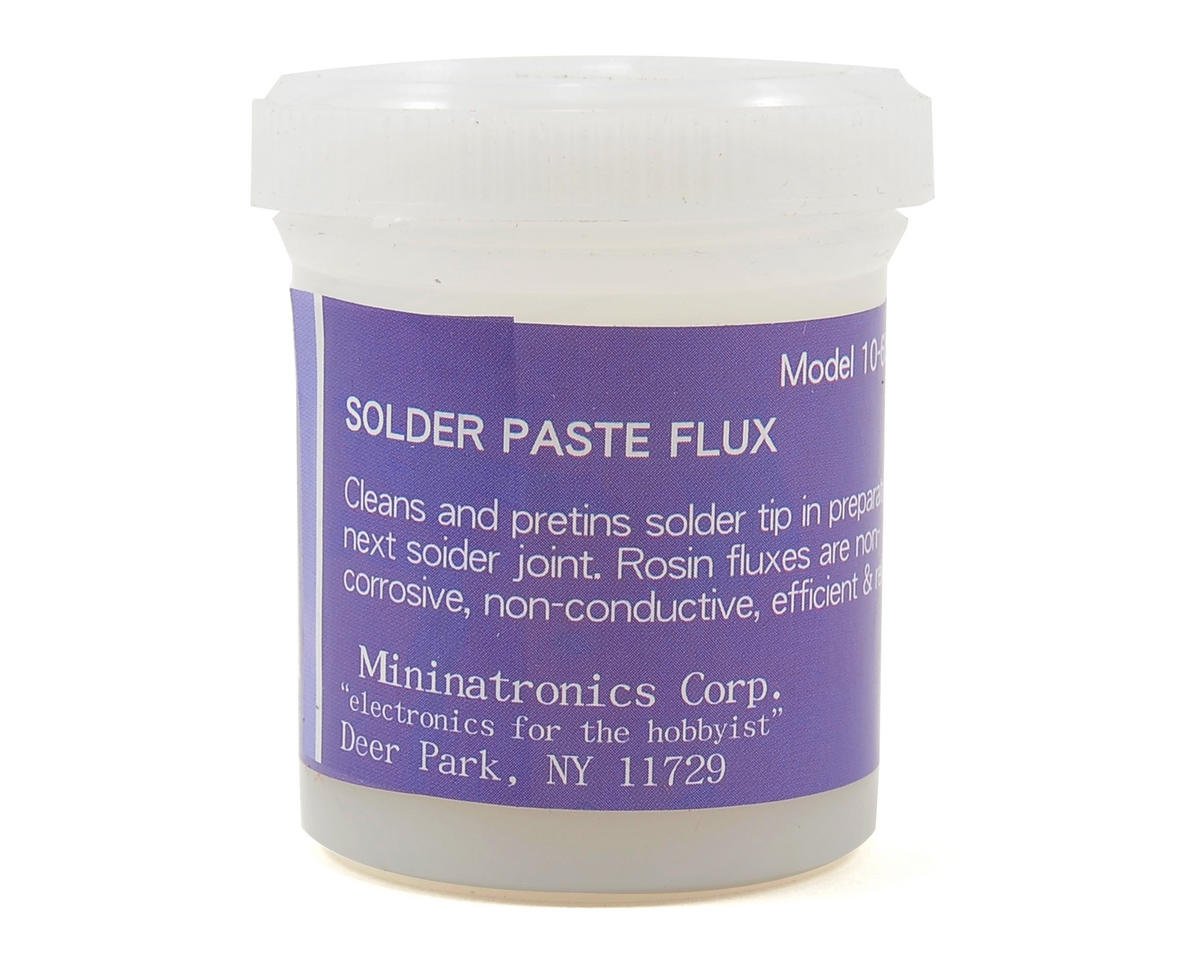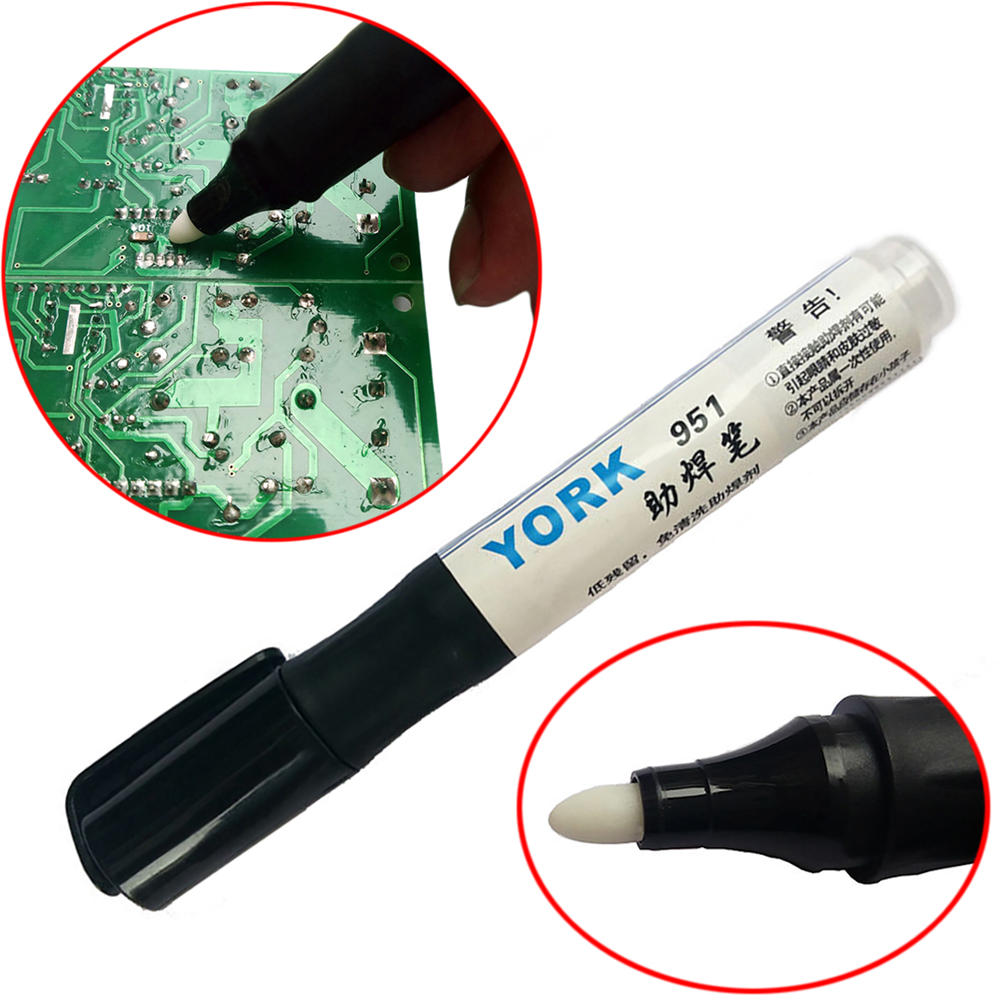
keep the soldering area clean and smooth.prevent corrosion or oxidation on the soldered area.increase the efficiency of the soldering process by providing more control over soldering.facilitate the flow of solder, as it flows wherever the solder wire flux is applied.wire solder alloy: 60% Tin (Sn) and 40% Lead (Pb).Solder Wire - An electronic/electrical soldering wire is an alloy used for joining two metal surfaces by melting the alloy using a soldering iron so that it forms a thin layer between the two surfaces. Downloadable user guide (see the included flyer for instructions).Two mini screwdrivers for very fine electronics "+" and "-".Red AWG 22 Wire tinned copper PVC jacket.Black AWG 22 Wire tinned copper PVC jacket.very useful in soldering projects like wiring appliances, DIY projects, 3D printers and other electronic projects or electrical use.0.6 mm diameter 50g 60-40 Sn/Pb Solder Wire spool.Remind to wash your hands after using it. NOTE:Ĭalifornia Prop 65 Warning: The solder wire of this product contains chemicals known to California to cause cancer and birth defects or other reproductive harm. This kit also comes with the downloadable E-book, Mastering the Art of Soldering, exclusive to Plusivo. These are all packed in a durable carton box. It includes a 50 grams, 0.6 mm diameter, 60-40 Sn/Pb rosin core solder wire, a rosin paste flux, 2 mini screwdrivers, and 2 stranded 22 AWG connecting wires. It is a lead-free, petroleum-based flux that contains solder powder, which aids in the cleaning and fluxing copper piping to ensure a uniform. The Plusivo Solder Wire and Rosin Paste Kit includes 6 soldering accessories that will assist you with your basic soldering project. Satisfaction Guarantee: The Solder Wire and Paste Kit is backed by the manufacturer’s 30-day money-back guarantee and lifetime customer support, ensuring the customers’ high level of satisfaction.Durable Carton Box: All items are neatly packed inside a durable carton box to keep them organized, secured, and easy to carry and transport anywhere.BONUS Items: Aside from the solder wire and rosin paste, this kit also includes 2 mini screwdrivers and two 22 AWG Wire tinned copper PVC jacket, a great addition to a very simple and affordable kit for soldering.Rosin Paste Flux: This high-quality rosin flux soldering paste facilitates the flow of solder, thus increasing the efficiency of the soldering process and is just right for your small DIY soldering projects.Solder Wire: Included in the kit is a high quality 50 grams 60-40 (Sn/Pb) Tin - Lead rosin core solder wire alloy with 0.6mm diameter and 1.6% flux content commonly used for wiring appliances, DIY projects, 3D printers and other electronic projects or electrical and electronics soldering and repairs.If you use acid flux at mains voltage (as a hapless customer of mine once did) the "set" will be noisy from all the electrical arcing. F) 400 to 700, Container Type Plastic Jar, Container Size 8 oz., Plumbing Solder and Lead-Free Solder. under clean running water or spray rinsed to remove any corrosive flux residue.
#Rosin flux paste vs tinning flux free#
Here is a typical flux (RMA) from the same manufacturer:Īs you can see, it's a translucent gel-like material with a yellowish tint, not dissimilar to what you have (however given the reference on the can to 'torch' I would be reluctant to try yours on circuits - it may be similar but have impurities that would be electrically conductive, for example).Įdit: From the comment/ link by the flux you have is claimed to be suitable for electronics: Lead Free Flux, Lead Free, Paste, Working Range (Deg. Roller Tinning Flux can be used with both leaded and unleaded solder. Solders and fluxes are used to join two pieces of metal together to create a watertight seal, preventing leaks. They have different characteristics, though for non critical circuits it may not matter which is used. Typical classes of fluxes are RMA (Rosin mildly activated), "no-clean" and water soluble. To solder youll of course need a soldering iron, soldering tin and some flux.

You can stick multimeter probes into it and see if it is conductive. Every Espressif ESP8266, ESP8285, ESP32, ESP32-S or ESP32-C3 chipset.

What you have is flux of some unknown type (although it's specified as non-corrosive so at least it (probably) isn't the typical highly acidic plumber's flux). It looks like a grey paste and under the microscope you can easily see that it is composed of tiny balls in a matrix of flux. There is a tin-bismuth alloy for the big spenders. Most lead-free alloys are mostly tin, with a bit ofĬopper and possibly other metals mixed in. Here is some Asian-origin (real) solder paste:Īs you can see, the alloy (Tin 63%/Lead 37%) is specified as well as the ball size 25-45um diameter. I've seen it in China, Hong Kong and Taiwan, and this "soldering paste" is from the Philippines. This seems to be an Asian-English thing- calling flux "soldering paste" or even "solder paste".


 0 kommentar(er)
0 kommentar(er)
